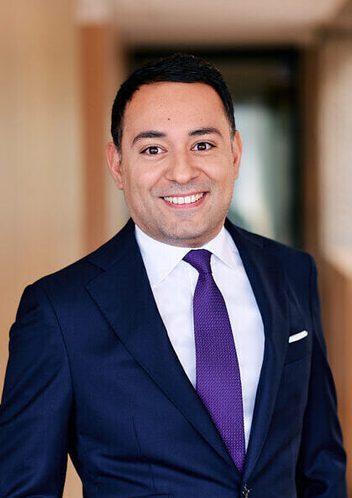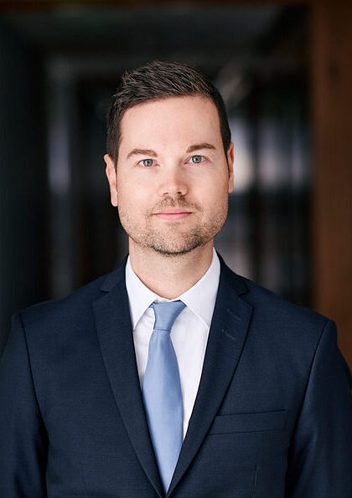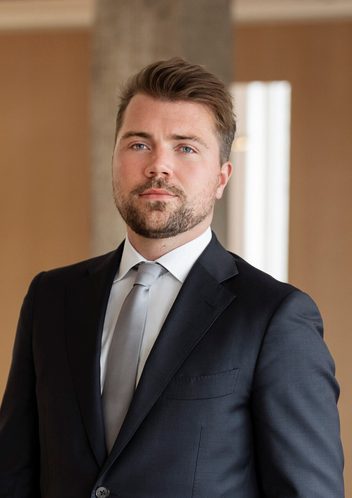
Thomas Hagen
Partner
Oslo
Newsletter
by Jenny O. Nondal
Published:
In a ruling from the Oslo District Court on 17 July 2023 in a case between ConocoPhillips Norge ("ConocoPhillips") and an employee, the district court assessed whether the rights to an invention made by the employee had been transferred to ConocoPhillips. The ruling provides several guidelines for interpretation and application of IPR transfer clauses agreed between an employer and its employees, specifically with respect to (i) interpretation of clauses drafted unilaterally by the employer, (ii) when the invention shall be considered to have been made, and (iii) whether the invention has been made with use of the employer's equipment and confidential information.
The employee was employed by ConocoPhillips as a mechanic on an oil platform. In 2018, the employee invented a new method to test certain functionality of dive lifeboats that are common on oil platforms. The employee filed several patent applications covering the invention, the first in November 2021. A Norwegian patent was granted in May 2023. The employer has also filed a patent application covering the invention in the US, with the employee as the inventor.
In the employment agreement, the employee had transferred all rights to inventions made by the employee under his employment to the employer, except for any rights to inventions made in his free time without use of the employer's equipment and confidential information (the "IPR Transfer Declaration"). To decide whether the rights to the invention in question were transferred to the employer, the court had to assess whether the exception for inventions made in the employee's free time without use of the employer's equipment and confidential information was applicable. The court concluded that the invention was made on the employee's free time without use of the employer's equipment and confidential information. Consequently, the rights to the invention had not been transferred to the employer.
In accordance with general principles for interpretation of contracts, the court emphasized the significance of which of the parties had drafted the transfer clause. It was not documented for the court which party had drafted the IPR Transfer Declaration. However, as the IPR Transfer Declaration deviated from the Norwegian Employee Invention Act in several aspects mainly to the benefit of the employer, the court assumed it had been drafted unilaterally by the employer, as is customary. The court therefore stated that, when interpreting the wording, the objective meaning had to be given significant weight. As a result, the court rejected the employer's argument that the exception for inventions made in the employer's free time in practice did not deviate from the Norwegian Employee Invention Act Section 4 second paragraph, which could have given the employer stronger grounds for claiming rights to the invention, due to the differences between the conditions for and consequences of applying Section 4 second paragraph and the IPR Transfer Declaration.
The Norwegian Employee Invention Act Section 4 second paragraph (unofficial translation):
"If the invention has a connection with the employment relationship other than that referred to in the preceding paragraph, the employer may demand the right to exploit the invention if its exploitation falls within the sphere of activity of the undertaking."
To decide whether the exception for inventions made in the employee's free time was applicable, the court had to decide when in time the invention was made.
The Norwegian Patent Act does not directly specify when a patentable invention is made. The court stated that a patentable invention is made when the material requirements to novelty and non-obviousness under the Norwegian Patent Act Section 2 are met. It is not necessary for formal requirements for patentability, such as enablement, to be met for a patentable invention to be deemed as made.
Inventions will often be deemed to have been made prior to completion of full-scale trials or design of a prototype . However, solutions that are wholly unfounded speculations do not qualify as inventions.
In the assessment of when the invention was made, the court stated that the employee, who was the plaintiff claiming the rights to the invention, had the burden of proof and that the standard of proof is solely the preponderance of probability. In this regard, the court emphasized that the employee could not be penalised for not formally claiming the rights to the invention earlier than November 2021, after he described the invention to a colleague in October 2017 and to a director in September 2019, or for not dating his notes from the development work.
In the assessment of whether the invention was made without use of the employer's equipment and confidential information, the court emphasized that such condition required causation between the use of the employer's equipment and confidential information, and the creation of the invention. The use of the employer's equipment and confidential information must have been necessary for, and thus prior to, the creation of the invention. However, the court stated that if the use of such equipment or information is considered to be insignificant amongst multiple causes, it must be assessed whether it is natural to conclude that the requirement to causation is met.
The court further emphasized that the causation must be assessed on a case-by-case basis and rejected the employer's argument that (i) the value of the invention, (ii) the employee's employment terms and (iii) the significance the employment may otherwise have had for the creation of the invention, are relevant for such assessment.

Partner
Oslo

Partner
Oslo

Partner
Oslo

Partner
Oslo

Partner
Stockholm

Partner
Oslo

Partner
Oslo

Senior Associate
Oslo

Senior Associate
Oslo

Associate
Stavanger

Associate
Stockholm
